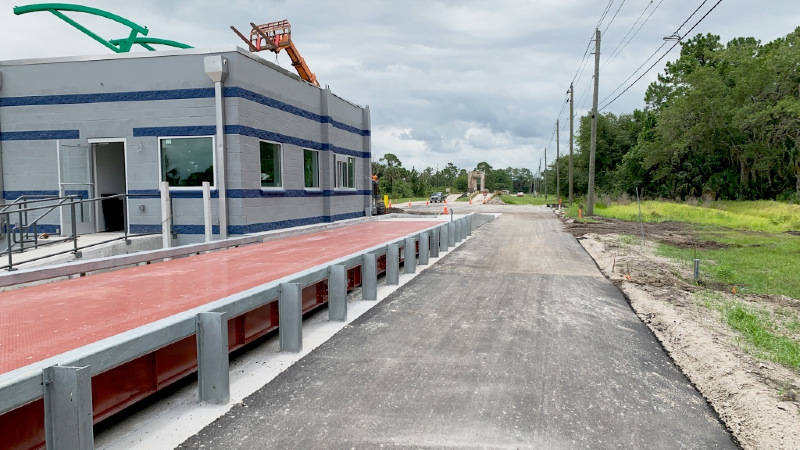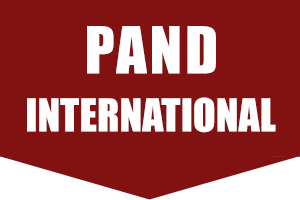Becoming familiar with basic concepts!
Nearly all truck scales have some common components that work together to measure weight. A scale buyer should be familiar with these components to determine the scale that is best equipped for their needs.
What Does the Truck Scale Tell Us and Why?
For business transactions:
Gross weight: the weight of the loaded truck
Tare weight: the weight of the unloaded truck
Net weight = Gross – Tare
For compliance:
Maximum loading: ensuring that the weight of the entire truck and/or the load on a set of axles is within the legal range for road-going vehicles in a given region Whether buying goods, selling goods, recording inventory, or checking for compliance, the information from the truck scale is critical. It is used for transaction pricing, profit margins, quality control, inventory management, legal compliance, and more.

Main Components of a Truck Scale
Foundation
A scale may be installed over an excavation, allowing the driving surface to be flush with the ground. It also may be installed in an above-ground configuration with approaches allowing the truck to drive onto, and off of, the scale. Either way, permanent installations use a concrete foundation.
Truck Scale
Also known as the scale deck, this is the structure that creates the driving surface for the trucks. The weighbridge is typically composed of modular sections that are placed together to span the desired length. Modules can be made entirely of steel with a steel treadplate as the driving surface. They also can be designed to be filled with concrete, creating a concrete driving surface.
Load Cells
These are the sensors that measure the weight on the scale. Modern scales use load cells as integral structural components. In other words, the weighbridge is supported by the load cells themselves. There are a few different types of load cells. They are typically positioned at the corners of each weighbridge module.
Terminal or Indicator
Also sometimes referred to as an indicator, the terminal is the control panel for the scale. It displays the weight value to the operator, and often serves as the connection point for other scale peripherals.
Cables
The signal from the load cells must be transmitted to the terminal. In most cases, this is done with cables.
Junction Boxes
Many scales require numerous junction boxes as connection points for the load cell cables. The junction boxes combine the signals from the load cells and eventually connect to the terminal with a single cable However, some newer systems no longer require junction boxes.
Information Management
Handwritten weight tickets have given way to printed forms via integrated printers. Scale software plays an increased role for sites large and small. Software can automate data capture, speeding up weighing times and reducing opportunities for errors.
Accessories
This can include traffic controls, such as gates and lights. Remote weight displays that let the truck driver view the weight are also popular. Special equipment can be incorporated into the scale, such as cameras and radiation sensors. Additionally, some sites take advantage of new automation and self-service capabilities.

Truck Scale Site Location
The truck scale location should be carefully thought out:
• Does the scale need to handle traffic in one direction or two?
• Does the site provide enough space for trucks to easily maneuver to and from the scale?
• Is there a designated waiting area so that queuing trucks don’t block traffic on the roadway?
• Is the site level, with adequate load-bearing capacity and resilience through freeze/thaw cycles?
• Does the site offer adequate drainage to handle rainwater and melting ice or snow?
• Does the location offer room to expand by adding another scale if future requirements grow?
Scale Operation
In addition to the scale foundation, the location for the scale often includes a scalehouse for the scale operator. The operator may keep records by issuing weight tickets, confirming purchase orders and entering material values to inventory. They may also serve as the local dispatcher for trucks via radio interaction with the drivers. Sometimes the scalehouse is also the entry and exit authority from a security standpoint.
In some applications, scalehouses are being replaced by components that allow the truck drivers to process their own transactions. That can streamline operations with high repeatability or limited variables. It can be accomplished through the use of a drive-up kiosk positioned alongside the scale or a walk-up kiosk near the scale.

